Velomobiles, Ebikes and Flying Motorcycles; The Future of Electric Transport is Tiny!
I'm probably biased as I've had a boner for electric bicycles for many years, but I think the future of electric vehicles and personal transport in general is go smaller and lighter. I think this because there is a lot of environmental and economic incentive to go electric, and the most expensive part of an electric vehicle is the battery.
The lighter you can make your vehicle, the less battery capacity you need to travel the same distance. This translates into disproportionately huge cost savings for every fraction of a pound you can shave off the weight of the vehicle you're designing, versus other cost cutting measures.
This has led to designs with a lot of plastic and carbon fiber where, on a gas car, there's usually steel. Body panels especially since it's acceptible for them to be destroyed in a crash so long as the structural cage protecting the driver and passengers is still made out of steel. The Think City is a good example of this approach.
Problem solved, right? Sadly no. There's a hard limit to how light electric vehicles can be made because they must share the road with conventional gas powered cars. These huge, heavy behemoths would demolish anything not built to properly withstand collision with them.
Some older, now dirt cheap EVs skirt this requirement by classifying as a "quadricycle" instead of a car. The Reva G-Wiz is a good example of this loophole in action. If you've seen the Top Gear episode about this Power Wheels for grown ups, you know that it comes apart like a pinata upon colliding with even a stationary obstacle at the vehicle's top speed of 40mph.
This is legally tenable because of the loophole but morally irresponsible. It just isn't safe. What's a real solution, then? A world with no more gas cars. EVs would still need to be reinforced enough to survive impact with one another, but if consumers could tolerate lower top speeds on the order of 50mph, the steel reinforcement would not need to be that substantial.
The weight of the average car could drop precipitously, and with it, the cost of the battery pack needed to send them a minimum of 200 miles on a charge. My ebike will do 50 miles to a charge and I can lift the battery pack easily with one hand. That's greater than the range of the G-Wiz.
Of course the G-Wiz uses lead acid batteries, but the rest of the explanation is that an ebike is a very minimalist, lightweight vehicle with a very small forward profile for wind to obstruct. The rider is probably the largest cause of drag, and only possible to shrink with dieting. :p
It's about as compact and light weight as a vehicle can be while still being legitimately useful for commuting and errands, as well as approachable to use for a wide range of people. This is why I rule out hoverboards for example, a range of 5 miles or so isn't useful, you can't load much more than the weight of the rider on it before it gives up, it cuts out on hills and sends you flying if you hit a bump or pothole.
Scooters are a possibility and to be honest, a pretty good one as they fold up smaller than folding ebikes. They can be taken onto a bus rather than having to be lifted onto the front bike rack. You can take the entire thing into your apartment to charge. You can do this with an ebike battery but only if it's designed to be removable.
Ebikes are so insubstantial, yet can be so powerful. Some illegal models can do 50mph. The motors go up to 11kw last time I checked, probably more than that since then. The highest legal limit is in my home state of Oregon, at 1kw. That will get you up to 30mph on flat ground with no wind, sans pedaling. Confusing since the law also says it should go no faster than 20mph. Probably accounting for a range of rider weights, and maybe it's an average speed that factors in hills.
But enough about bikes. There's a whole family of insubstantial electric vehicles, not all of which traverse the ground. Electric boats come in all sizes and types. Pontoon boats, catamarans, speedboats even. But we're focusing on the smallest of the small.
Why? Because you don't need to tow this. It deflates and packs into your trunk, motor and batteries included. You don't need a boat ramp to deploy it, you can lift and transport it with your own two hands. It's not fast but it will get you out on the water. You can't pull a jet skiier, but you can fish from it.
There's much nicer looking one person electric watercraft, but they're basically just the same thing with a custom fiberglass hull and an astronomically higher price. The higher end ones actually are fast enough to pull a water skiier though, I'll say that for 'em.
Unless you're bleeding cash out the pores though, if you want some electric watercraft action, build a dinghy and add a trolling motor to it. I will be doing that this Summer if time and funding allows. I've got this paddleboat with a nice big storage compartment between the two seats I figure is perfect for the batteries.
The really sweet thing about watercraft is that they generally have larger surface area than an equivalent road vehicle, so you can actually carry enough solar panels to power the motor directly. As in, using no energy from the battery except after the sun goes down or if a cloud passes over the sun briefly. And if you leave it out in the sun while not using it, the damn thing will recharge itself with no grid power.
That means effectively limitless "fuel" until sundown. Scoot around the lake all day long with no "range anxiety", all of your power is coming directly from sunlight. Like the solar equivalent of a sailboat I suppose, but you can travel in any direction you please at any time, irrespective of what the wind's doing.
Anyway that's enough about watercraft for now. If you can believe it, compact, light weight personal electric aircraft exist. Of course, there are some extremely small one seater electric airplanes out there:
...But they really aren't practical for normal people. Do you live near an air strip? I don't. What's really needed is something with vertical takeoff and landing capability. What? No, I don't mean that driverless passenger drone you've seen:
...We can go smaller than that. Yes, really. Google co-founder Larry Page recently announced the coming release of a one person electric VTOL craft called the Kitty Hawk Flyer that will actually be legal to fly without a pilot's license!....Over water (hence the pontoons). Which makes it of questionable utility when you could just use a boat. But still! Personal electric VTOL!
Can you imagine the looks you'd get, soaring high above the water? Zipping past boats on your way to visit a friend's cabin or pick up a pint of milk from the marina's convenience store? I have some concerns about how long it can possibly stay in the air on a charge, but aircraft cover distances "as the bird flies", so you can go several miles much more quickly than you're used to. This merits some reconsideration.
I can find no info about the endurance of the battery on this thing, but if it will run for even fifteen minutes, at the rated top speed of 25mph, you could cover a little over 6 miles in that time. Let's say the marina is a mile from you. Even if it's two miles you're still good for the round trip, with a large margin of error.
Hopefully it has robust battery monitoring hardware so it'll let you know if it can't manage the trip you've planned as the battery gets older. That would be my main concern. But believe it or not we can go even smaller than this, just not legally.
Get a load of the Scorpion, a Russian "flying motorcycle". Much less safe and practical than the Kitty Hawk Flyer but a hell of a lot cooler looking. Personally I value unchopped calves, but to each his own.
So by this time perhaps you're asking, "how am I going to haul stuff in this future you've imagined with itty bitty one person transport solutions?" The answer is, with a second vehicle that is driverless and designed specifically to move cargo. This solution is applicable whether it's a ground, air or water vehicle.
More cargo? More transports, wirelessly linked, following one another like train cars with your own vehicle as the "engine". The total overall convoy is then only as large as it needs to be to move the exact amount of mass you want to move. Basically a bot swarm, but for transport purposes.
Compare this to city buses which, when half empty, are wasting substantial amounts of fuel transporting its own weight without being fully utilized. Even a large truck is wasting loads of gas moving itself if you've got nothing in the payload bed. Even regular cars are wasting gas if you're riding alone.
The solution is to break today's large vehicles up into smaller ones, just enough to move the only component which engineers cannot reduce the size of: The human operators and other occupants.
All speculation of course, but based on sound analysis of population and energy trends. Freshly industrialized countries want all the same stuff we've had for decades. But 7 billion people can't all drive American sized cars. We can't all be driving gas powered cars either for both environmental and economic reasons.
The Chinese have the right idea, with their famous affinity for cheap electric bicycles. Even the scooter lookin' ones are legally bicycles, travel at ebike speeds and are in fact mostly ebike components inside. They aren't ideal; they offer no weather protection for example.
But this is due to legal limitations only. You can't have it be enclosed without all sorts of laws applying to it that didn't before, all for the unfortunate but valid reason that they share space with gas powered cars. They have to be small to do that safely. Enclosing them makes them too large.
That's basically what a velomobile is, and even in the US, they are on shaky legal ground. Total cop magnets, and a huge hassle to talk your way out of tickets even though the law's on your side. That's a shame, as in my opinion they represent the ideal form of ground transport.
They are as small as possible while still offering the most crucial amenities of a car, like protection from wind and rain. The interior air can be heated or cooled. They have a proper seat, being that they are built around recumbent trikes, so the seat can be electrically heated as well.
They are much more aerodynamic than a regular ebike, further reducing the amount of energy needed to move them along. They are expensive right now only because they are a niche product. If mass produced, they would be enormously cheaper than even the cheapest new cars.
Picture a world with millions of these zipping silently down the highway. Only up to 50mph, but then their small size means you could drive them directly onto special train cars for long distance trips, and they could be charged by the train itself along the way, arriving at the destination with a full battery.
This applies to Hyperloop as well. The projected size of a Hyperloop capsule will just about exactly fit a single Velomobile. Imagine being able to take your own vehicle cross-country with you. Not compromising on your dedication to electric transport, but without the 30 minute fast charging waits that come with electric road trips.
Imagine cities buzzing with electric air traffic overhead. Moving both people and packages to landings at various point up the sides of various skyscrapers, as we've seen in science fiction for decades. No single craft being heavy enough to cause any real damage to a building, should terrorists take control of it.
We can have that future. The technology already exists. Only the law stands in the way, and from my standpoint, not for any sensible reason. Once again beaurocrats constrain the forward march of technology, forcing it to progress at the snail's pace of government paperwork.
Does the dream itself resonate with you, though? Do the immense efficiency gains sway you? The dramatic reduction in cost of a typical road vehicle compared with today's cars? The plurality of transport options, land sea and air? Doing all of it electrically, so our shared spaces can look and smell nicer? Or does the roar of an engine move your heart so strongly that you'd throw this future out the window for a hundred more years of Mustangs and Harleys?
Sound off in the comments. And as usual, if you liked what you read, subscribe. Tell your friends! Be the first on your block to collect every Alex Beyman holographic trading card! Don't eat the gum though. There's...gonna be a recall. No questions, just don't eat it.
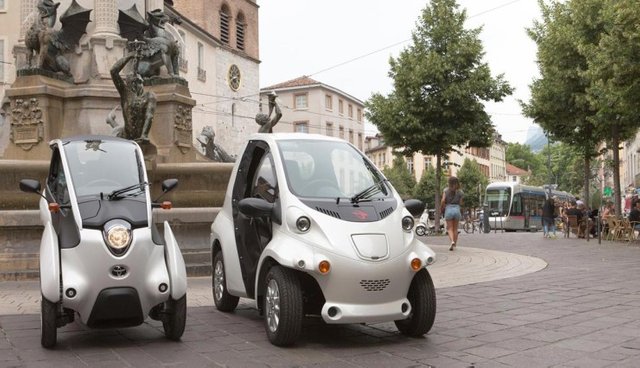
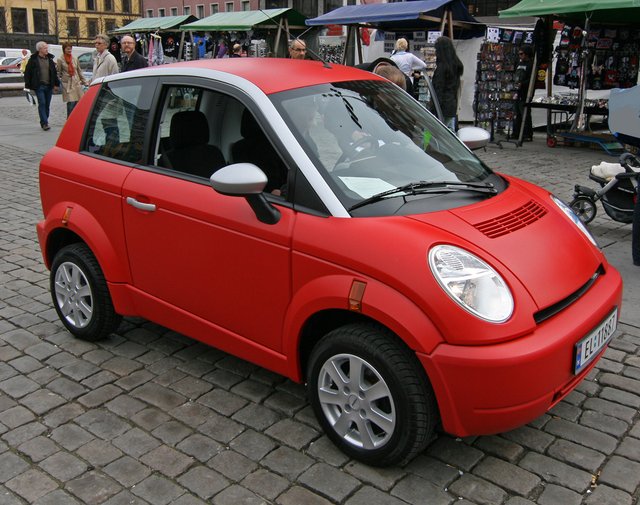
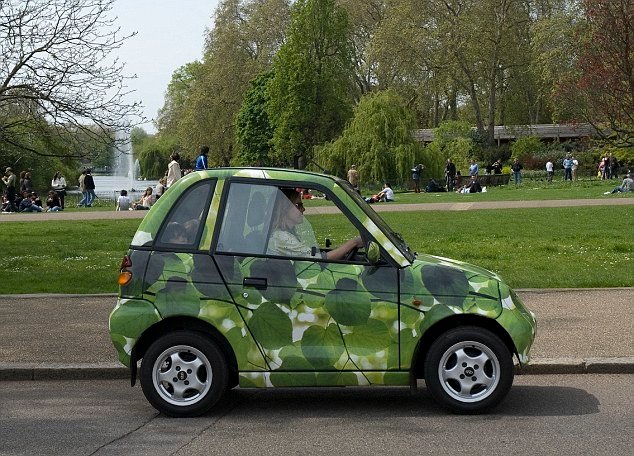
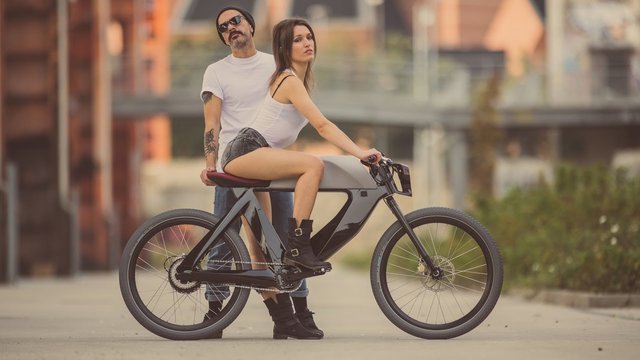
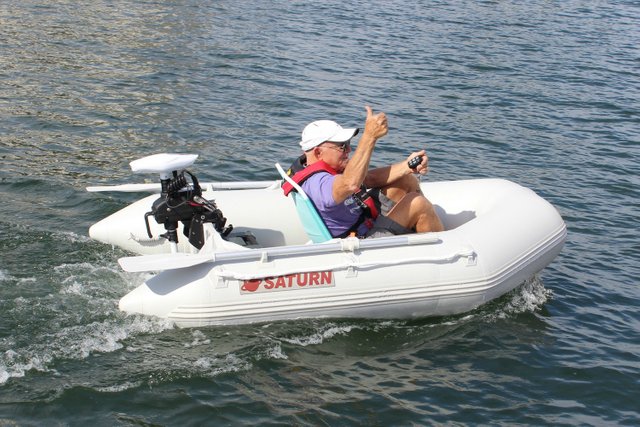
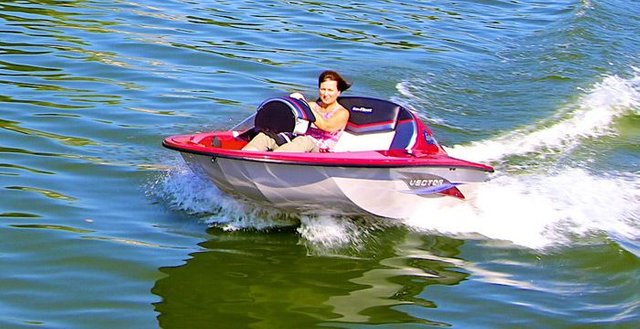
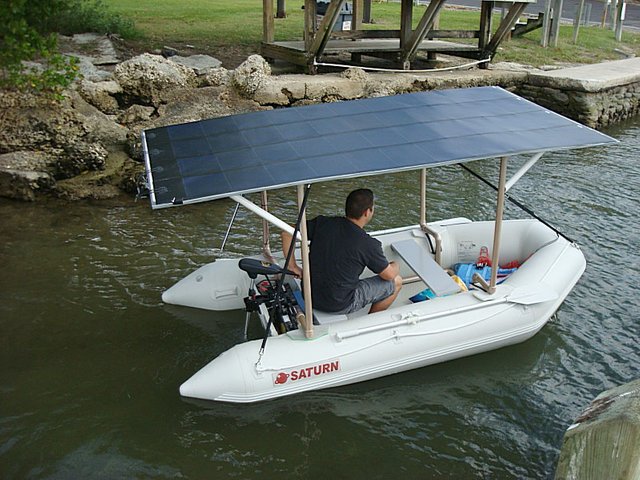
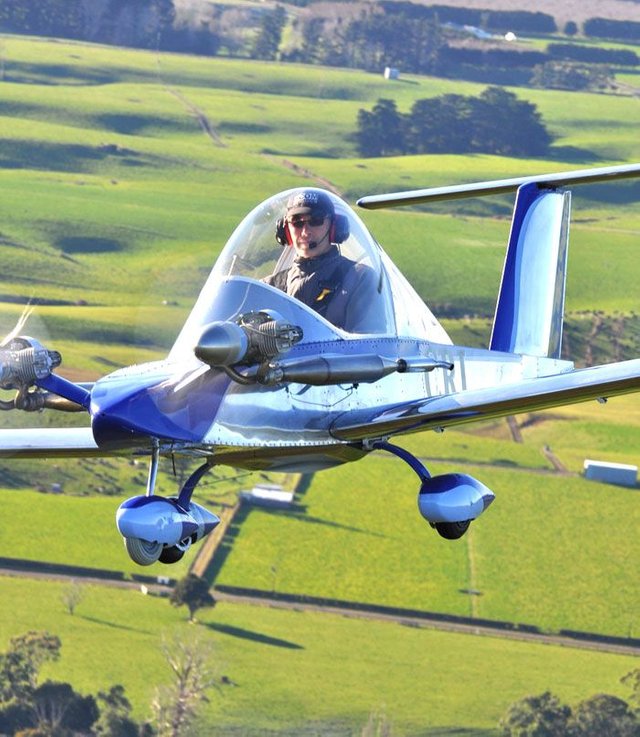
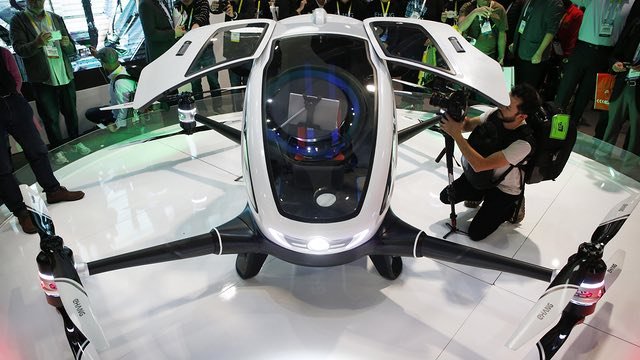
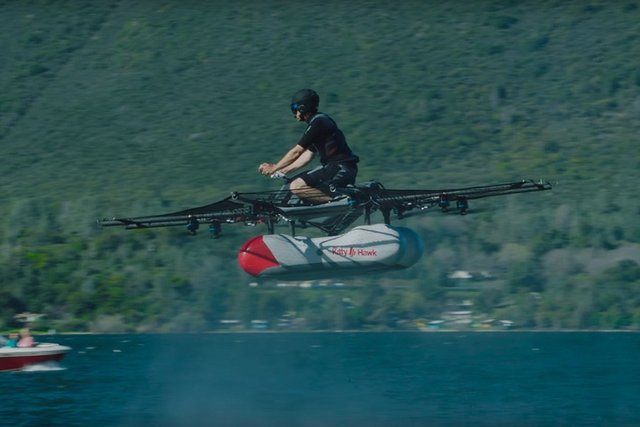
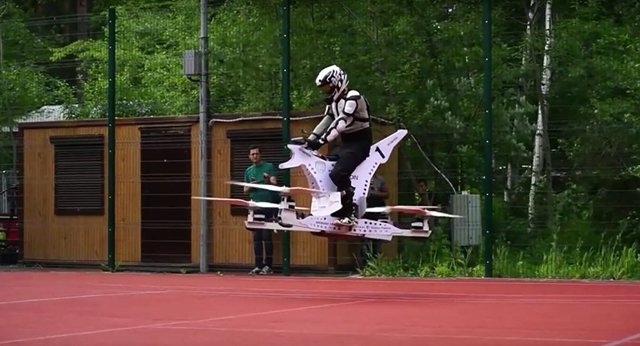

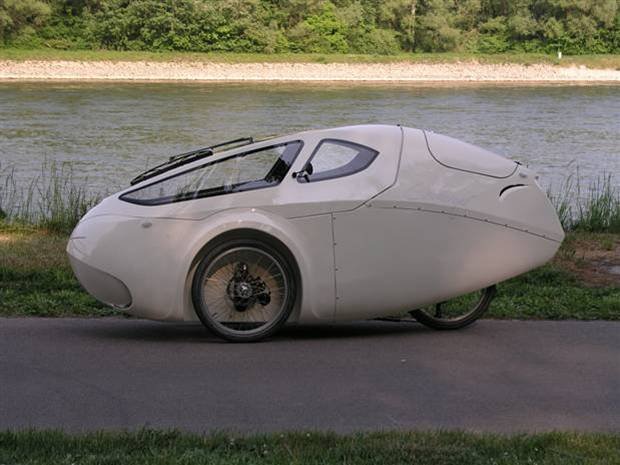
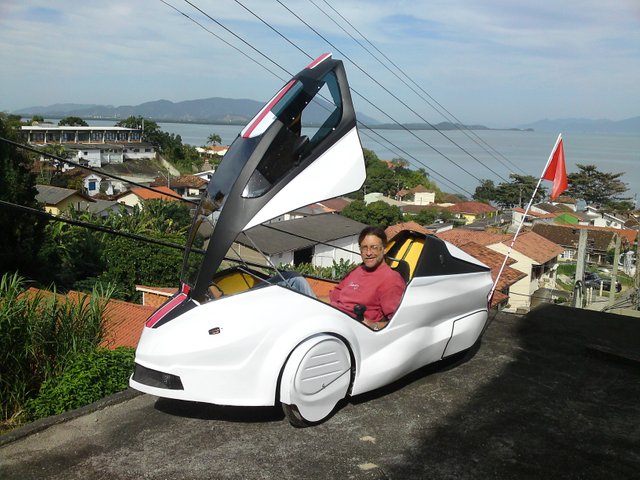
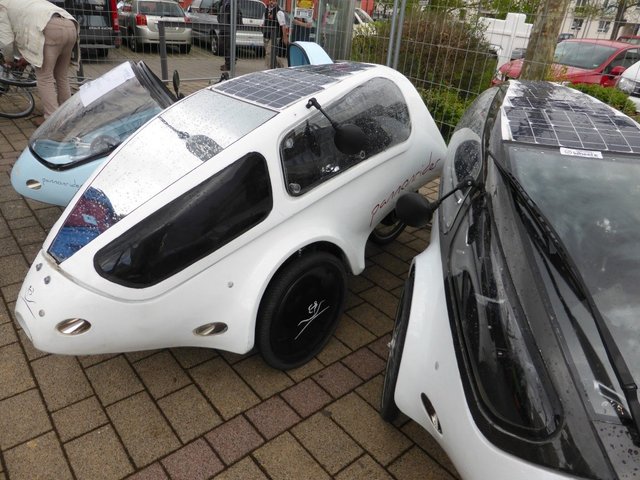
I would love to try one of those here in Canada, with the cost of gas rising having a car is getting too expensive.
Great article. Thank you very much.
It is a crazy world and a crazy time we will live in. That girl on that bike. Jesus! That bike looks like it has been driven by Batman.
I want my self-driving passenger drone!
It just occurred to me that if the future includes large fleets of driverless, publically owned solar electric vehicles, it will put zero strain on the grid. They will simply recharge themselves from sunlight while parked, waiting for someone to order them.
Wow, interesting vehicles to get us from point A to point B.
nice post :)